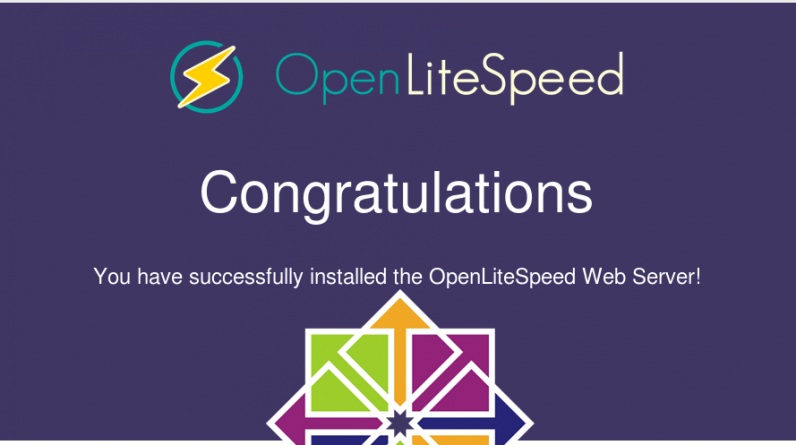
OpenLiteSpeed (OLS) is one of the fastest web servers available in the market today. Here, we’ll show you how to install OLS from its repository in Centos7.6, configure PHP and make OLS use port 80 by default.
1. Add the OLS repository to your computer
[mwabini@serv0-rawle
~]$ sudo rpm -ivh
http://rpms.litespeedtech.com/centos/litespeed-repo-1.1-1.el7.noarch.rpm
2. Install OLS
[mwabini@serv0-rawle
~]$ sudo yum install openlitespeed
By default, OLS is installed under /usr/local/lsws
You
can then start OLS
by
running
either of the commands below
[mwabini@serv0-rawle
~]$ sudo /usr/local/lsws/bin/lswsctrl start
or
[mwabini@serv0-rawle
~]$ sudo systemctl
start lsws
3.
Add needed repositories for PHP
For
EPEL, run:
[mwabini@serv0-rawle ~]$ sudo yum install epel-releaseFor OLS repo, run[mwabini@serv0-rawle ~]$ sudo rpm -ivh http://rpms.litespeedtech.com/centos/litespeed-repo-1.1-1.el7.noarch.rpm4. Now install PHP. The command below installs php 7.3.You can replace the numbers 73 with any otherversionyou want, e.g. 72 for php7.2 etc[mwabini@serv0-rawle ~]$ sudoyum install lsphp73 lsphp73-common lsphp73-mysql lsphp73-gd lsphp73-process lsphp73-mbstring lsphp73-xml lsphp73-mcrypt lsphp73-pdo lsphp73-imap lsphp73-soap lsphp73-bcmathIf you want to install various versions ofPHP, you can use the command below:[mwabini@serv0-rawle ~]$ sudo yum groupinstall lsphp-all
Now,
you are all set to run a PHP based application on OLS. By default,
OLS uses port 8088 for http traffic. For the web admin interface, it
uses port 7080. We will leave the web admin interface intact and
change the http port to the default port 80 everyone is used to. To
do this, follow the steps below.
5. On your browser, login to the web admin. If your are your local machine, use https://localhost:7080 then login using username admin and password as 123456. If you are using a server with a public ip, use https://[IP_ADDRESS]:7080

6.
On your left pane, navigate to Listeners.
Under Summary
tab, click on the View
button (the one that looks like a magnifying glass).
7.
Under General
tab, click the Edit
icon on your top right.
8. Change the Port from 8088 to 80 then click the Save icon.

